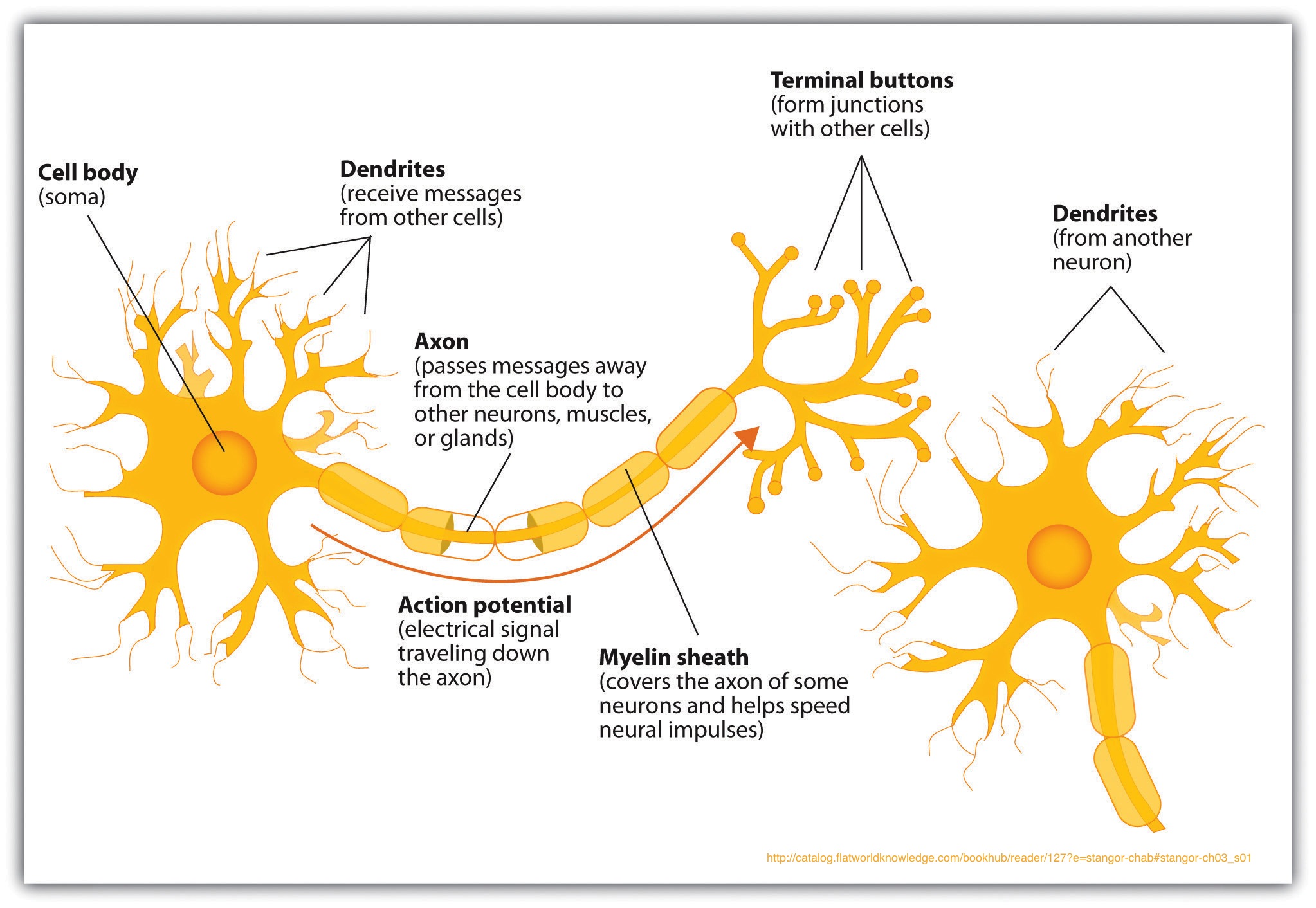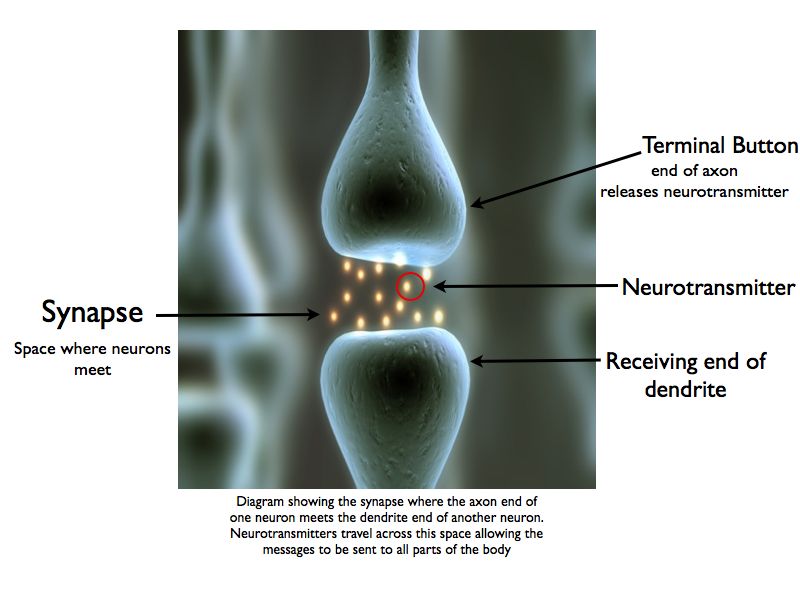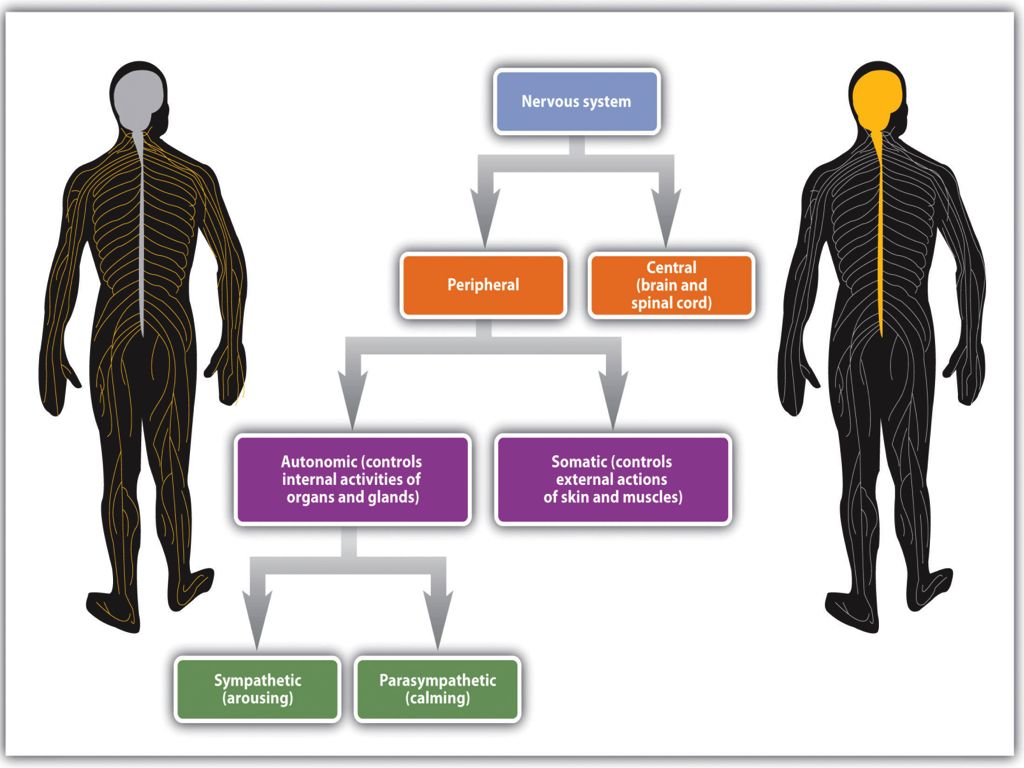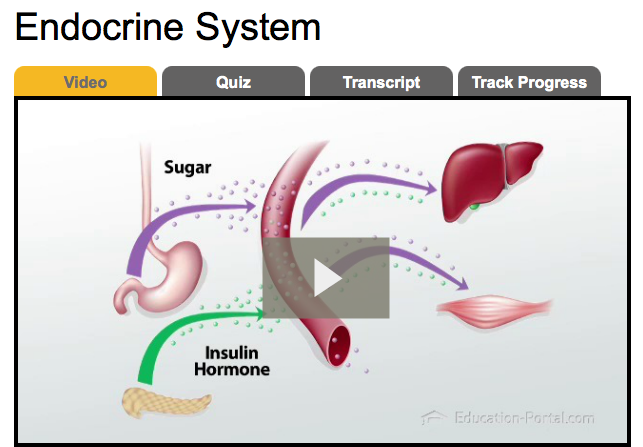1. How Biology Affects Behaviour
| Site: | MoodleHUB.ca 🍁 |
| Course: | Personal Psychology 20-RVS |
| Book: | 1. How Biology Affects Behaviour |
| Printed by: | Guest user |
| Date: | Friday, 26 December 2025, 8:11 AM |
Description
In this book we will see how the brain and body controls behaviour
1. How Biology Affects our Behaviour
Our behaviours, as well as our thoughts and feelings, are produced by the actions of our brains, nerves, muscles, and glands.
In this section we will consider the biological makeup of the human being, including the most remarkable of human organs—the brain. We’ll consider the structure of the brain and also the methods that psychologists use to study the brain and to understand how it works.
We will see that the body is controlled by an information highway known as the nervous system, a collection of hundreds of billions of specialized and interconnected cells through which messages are sent between the brain and the rest of the body.
And we will see that our behavior is also influenced in large part by the endocrine system, the chemical regulator of the body that consists of glands that secrete hormones.
Take the following introductory brain quiz to see what you know about your brain. Take it again after you have finished this topic to see if you have learned a few things....
2. The Neuron Structure
The nervous system is composed of more than 100 billion cells known as neurons. A neuron is a cell in the nervous system whose function it is to receive and transmit information. Many of the Neurons in our body are found in our brain. Others are found along the spinal cord and into organs, tissues and muscles.
Neurons are made up of three major parts:
a soma, (cell body) which contains the nucleus of the cell and keeps the cell alive;
a dendrite, (branching treelike fiber) which collects information from other cells and sends the information to the soma;
an axon, (long, segmented fiber) which transmits information away from the cell body toward other neurons or to the muscles and glands.

The following short videos introduce the structure of a neuruon.
3. How Neurons Send Messages
Neurons Communicate Using Electricity and Chemicals
An electrical charge moves through the neuron itself and chemical messengers called neurotransmitters are used to transmit  information between neurons.
information between neurons.
Within the neuron, when a signal is received by the dendrites, is it transmitted to the soma in the form of an electrical signal, and, if the signal is strong enough, it may then be passed on to the axon and then to the terminal buttons. If the signal reaches the terminal buttons, they are signaled to emit chemicals known as neurotransmitters, which communicate with other neurons across the spaces between the cells, known as synapses.
4. Neurotransmitors and thier effect on behaviour
Neurotranmitters are chemical messengers that help move electical signals across the synapse between two neurons ends.
Each has a specific shape (structure) and has a specialized effect (function). The presence or absence of each of these different transmitters causes either proper or abnormal function in physiology and behaviour in the human body. The following chart summarizes neurotransmitter function and effect.

5. The Nervous System
The nervous system consists of

- made up of the brain and the spinal cord,
peripheral nervous system (PNS),
- the neurons that link the CNS to our skin, muscles, and glands.
- Composed of autonomic and somatic nervous system
- controls skeletal muscles, skin, and sense organs.
Autonomic NS
- controls internal organs and glands
- Sympathetic
- activates organs and glands
- Parasympathetic
- calms body, recovery
6. CNS -The Brain
The Central Nervous system includes your spinal chord and brain. Messages travel up and down the nerves between your brain and other parts of your body.
This next section is dealing with the structure and function of the brain. You will have a project that deals with this topic, so you may want to look at the instructions to get an idea of what to concentrate on.
Refer to assignment 2. Brain Disorder, Disease, Aging and Damage (section 6).
The Brain is made up of many different sections, the Brain Stem, Cerebellum, and Cerebrum, and each of those is composed of different parts with different functions.
Click Parts of the Brain to explore another site that has an overview of the major parts of the brain.
7. The Brain Structure and Function
The largest part of the brain, the cerebrum is comprised of four lobes. Each controls different things.
Explore this 3D brain site to learn what the parts of the brain do - Interactive Brain Model.
In the next book, we will learn about the behavioural consequences of damage to various parts of the brain.
8. The Endocrine ( hormone) System
Our endocrine system, the system that produces and controls hormones also controls our behaviour.
Hormones, produced by the endocrine system, control various functions in our body, as well as our mood and behaviour.
Watch the following video, and take the quiz by clicking on the quiz tab.
9. biological influences - flashcards and game
You may use these flashcards to remind yourself of the terms used in this section. You may toggle the "Choose a study mode" to switch games. In Flash card mode, you click on the word to see the definition. We have not studied all these terms, so find the ones we have leaned. Scatter is also an easy game to match up definitions. Just drag the word to it's definition and make them all disappear.
10. Sleep
The amount of sleep a person gets can also affect their behaviour, because it has a direct effect on some parts of our physical body.
Benefits of Sleep:
- Learning and memory - Sleep helps the brain commit new information to memory through a process called memory consolidation. In studies, people who had slept after learning a task did better on tests later.
- Metabolism and weight - Chronic sleep deprivation may cause weight gain by affecting the way our bodies process and store carbohydrates, and by altering levels of hormones that affect our appetite.
- Safety - Sleep debt contributes to a greater tendency to fall asleep during the daytime. These lapses may cause falls and mistakes such as medical errors, air traffic mishaps, and road accidents.
- Mood - Sleep loss may result in irritability, impatience, inability to concentrate, and moodiness. Too little sleep can also leave you too tired to do the things you like to do.
- Cardiovascular health - Serious sleep disorders have been linked to hypertension, increased stress hormone levels, and irregular heartbeat.
- Disease - Sleep deprivation alters immune function, including the activity of the body’s killer cells. Keeping up with sleep may also help fight cancer.
From Harvard Health Publications -https://www.health.harvard.edu/press_releases/importance_of_sleep_and_health.htm
